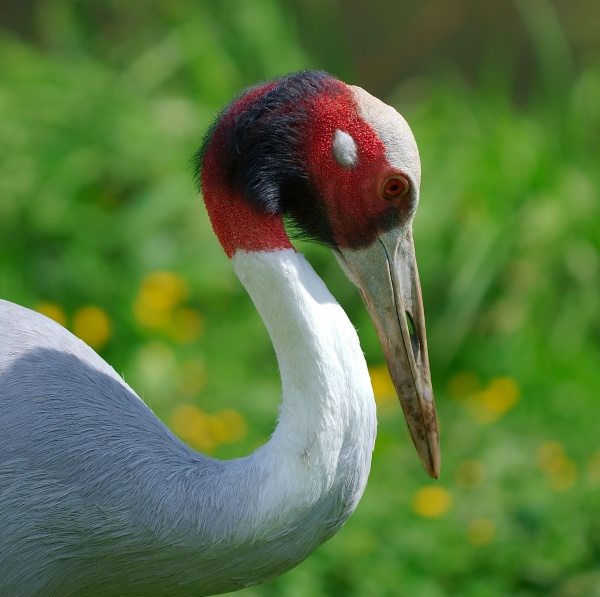Facts About Sarus crane
The sarus crane is a striking, non-migratory bird native to parts of the Indian subcontinent, Southeast Asia, and Australia. Standing up to 1.8 meters tall, this elegant bird is easily recognizable by its grey feathers and contrasting red head and upper neck.
Sarus cranes thrive in wetlands, where they forage for a variety of foods. They form strong, lifelong pair bonds and are celebrated in India as symbols of marital fidelity. Their courtship and territorial displays are truly a spectacle.
The breeding season coincides with the rainy season, during which they construct large nests in wet marshes or paddy fields. Unfortunately, these magnificent birds face numerous threats, including habitat destruction, hunting, and pollution. Conservation efforts such as payment-for-conservation programs, nest guarding, and habitat preservation are in place to protect them.
Currently, the sarus crane is listed as vulnerable on the IUCN Red List due to declining populations and habitat loss. They are most numerous in India, but there's a stable and possibly growing population of over 5,000 in Australia. In contrast, the Southeast Asian population has suffered significant declines due to habitat changes and past conflicts. Sadly, the Philippine population became extinct in the late 1960s.
Despite these challenges, sarus cranes play an essential role in their ecosystems. Continued conservation efforts are vital to ensure the survival of this iconic bird species.

 Pakistan
Pakistan